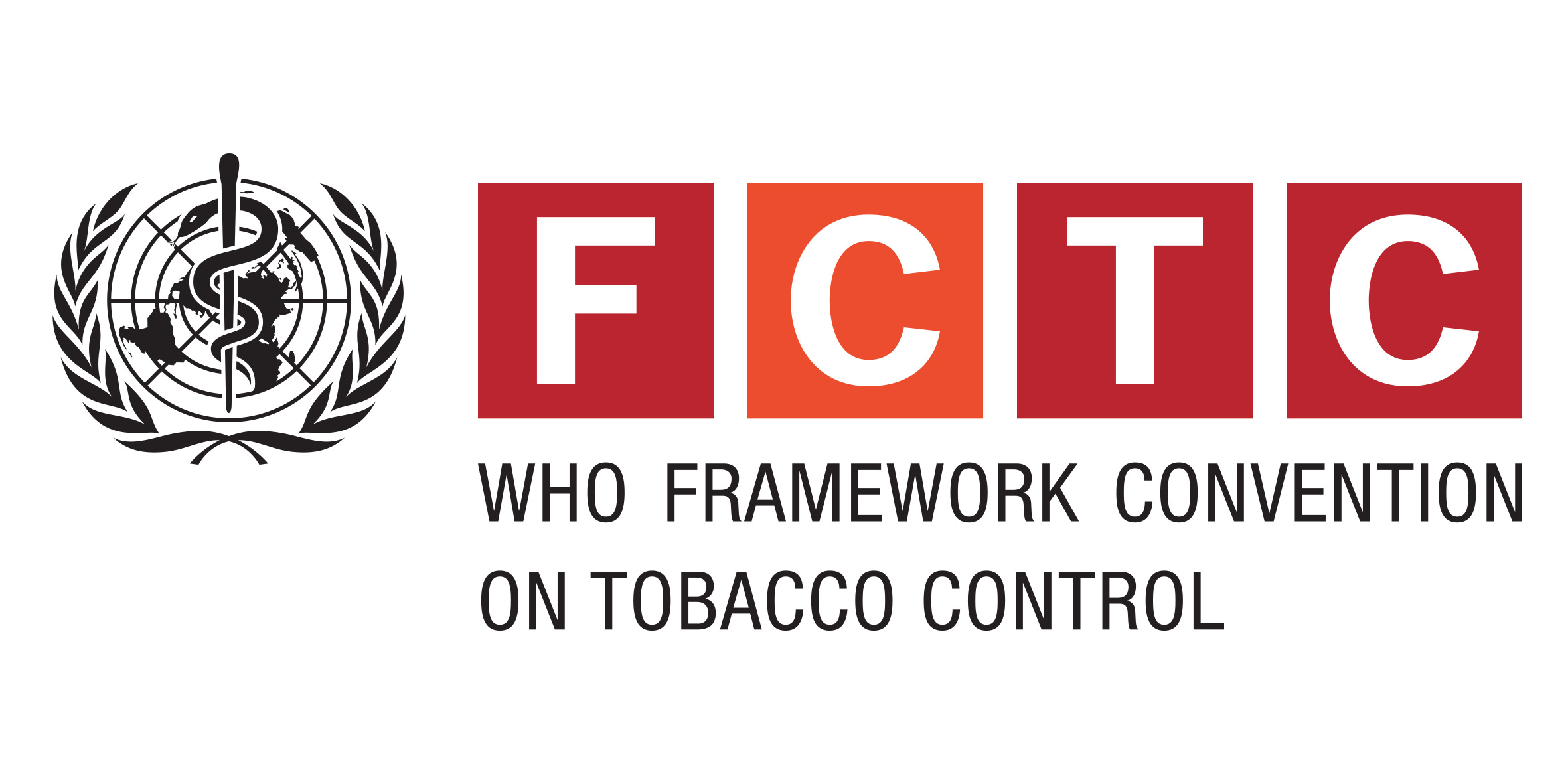Journal Article
Print(0)
Zentralblatt fur Bakteriologie.Hygiene.Krankenhaushygiene Betriebshygiene Praventive Medizin - Abt.1 Orig.B
ZENTRALBL.BAKT.HYG.KR.HYG.BETR.HYG.PRAV.MED.ABT.1 ORIG.B
1979/
169
6-May
551
559
Unknown(0)
A total of 7187 samples of drinking water from different areas of the Lower Saxonian District of Braunschweig was investigated during June 1977 and May 1979. The bacteriological results are given. Salmonellae were isolated in three samples of drinking water and in one sample of sludge from a municipal drinking water pipe. Additional experiments confirm that growth of salmonellae and other entereobacteria is possible in that sludge. These findings implicate some considerations: E. coli and coliforms are the most important microbial water quality indication. It is presupposed that, when the indicator density is low (less than 1 per 100 ml) the probability that pathogens are present also will be very low. But the question is how low? The risk factor may be estimated on the base of a E. coli-Salmonella ratio in raw sewage of about 106. But this ratio is already lessened in effluents of sewage treatment plants to 103 and often seems to be 102 in inadequately disinfected drinking water. For example, we have found four Salmonella and 408 E. coli serotypes over two years. Therefore, the judgement of the presence of E. coli or coliforms in samples of drinking water is important in this judgment of improvement of water quality by disinfection.
drinking water, geographic distribution, prevention, Salmonella, therapy
UBER DAS VORKOMMEN VON SALMONELLEN IM TRINKWASSER
Embase; MEDLINE
Embase
Mueller,H. E.
Staatl. Mediz. Untersuch. Amt, Braunschweig
http://vp9py7xf3h.search.serialssolutions.com/?charset=utf-8&pmid=
1979

